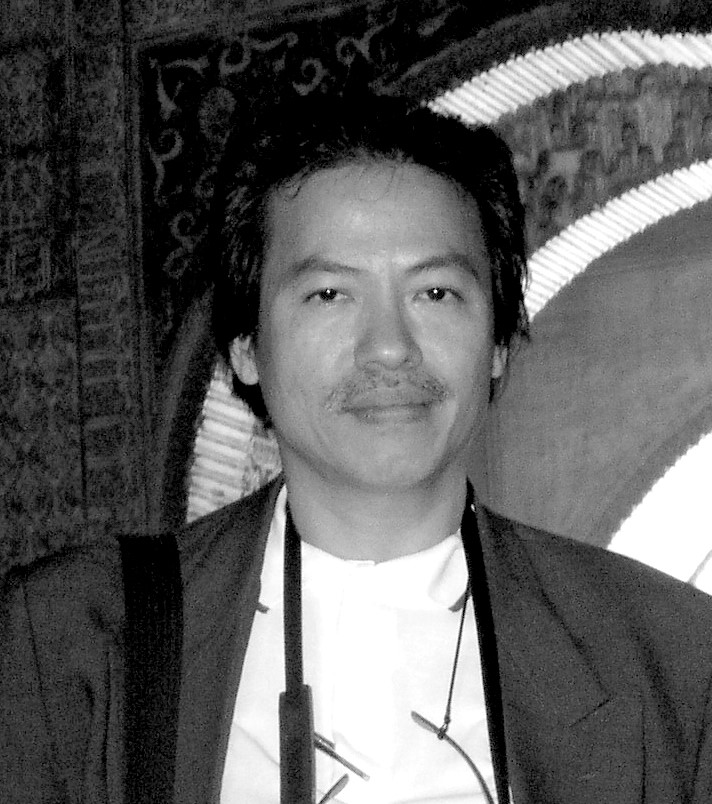
Previous Post
Drawing on a Deeper World
5 min read
The Cheahs.Delwin Cheah, 14, is more accomplished than any of his peers. He has received letters of recognition from former US President Barack Obama and...
Next Post
A Man with a Mission
5 min read
For SK Sundaram, the man behind Raviraj, the key to success is winning the hearts of employees and leading a balanced life.
You might also like
The Freedom Young Artists Can Enjoy
7 min read
The pieces on display at BMS 2016 may be challenging, but do they allude to the punitive political climate?
Dialects and Languages in Numbers
4 min read
Over 60% of Penang’s 654,828 Chinese population speak Hokkien. The Hokkiens not only dominate in Penang, they also constitute the largest Chinese group in...
A Man with a Mission
5 min read
For SK Sundaram, the man behind Raviraj, the key to success is winning the hearts of employees and leading a balanced life.




